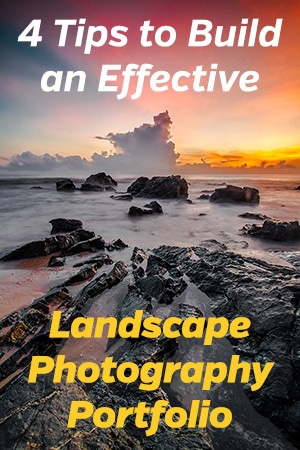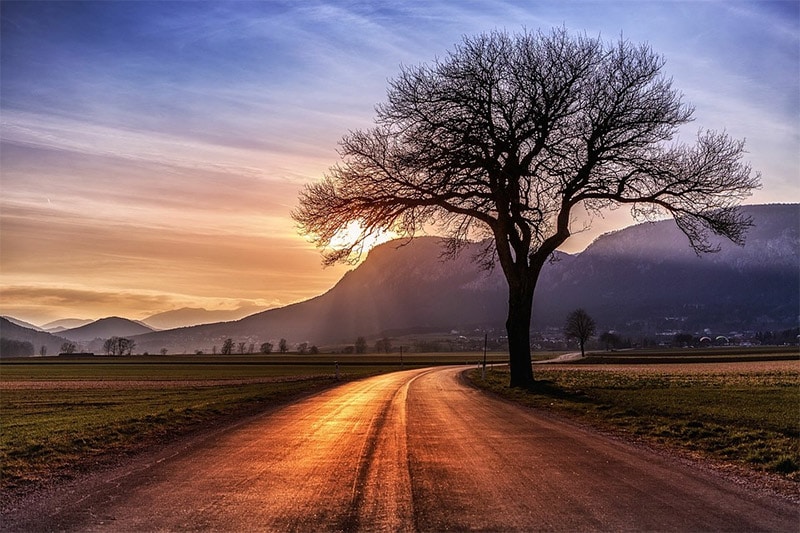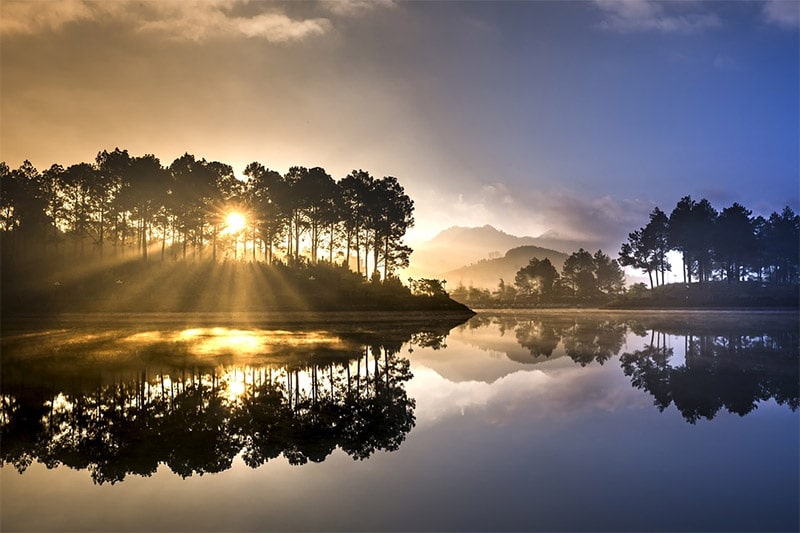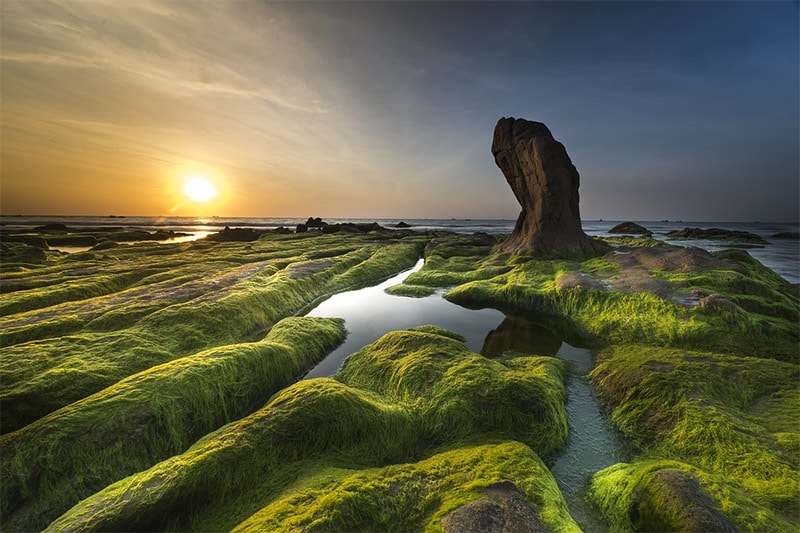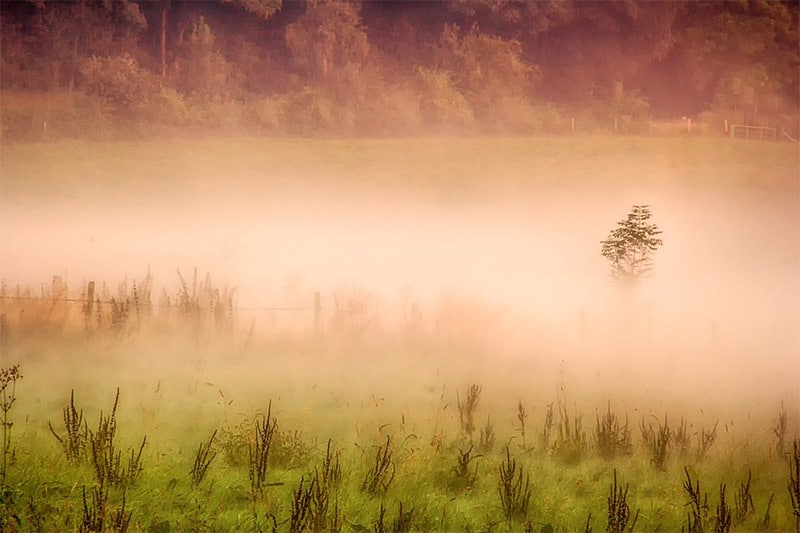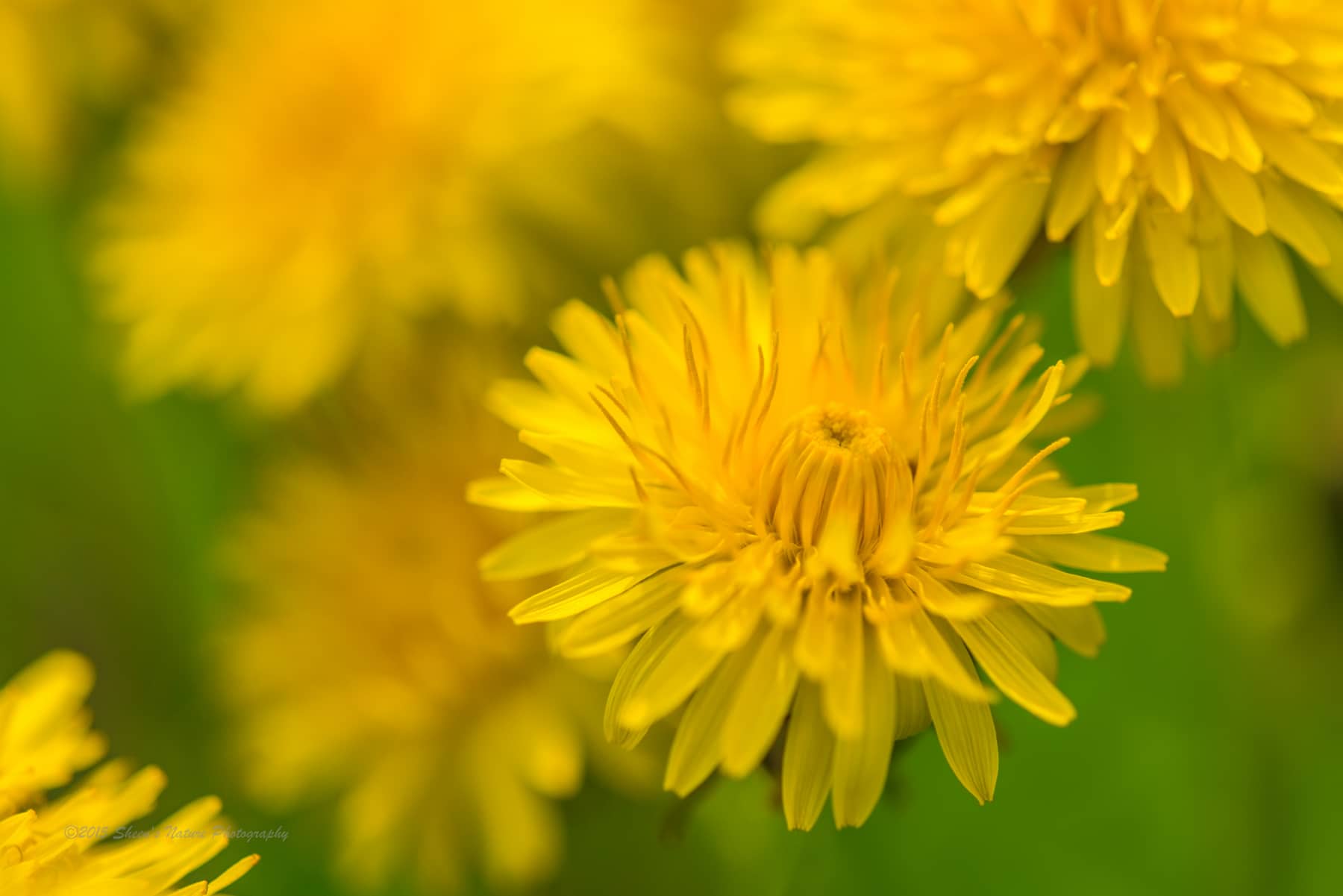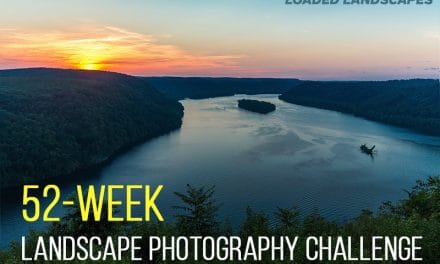Landscape photography is just like all other forms of photography: to be a professional, you really need to build up an effective portfolio. Your portfolio website showcases the very best of your work, and demonstrates to potential customers and clients what you are capable of. For this reason, you need to work hard on making it as strong as possible – allowing you to gain more exposure and build your business (sell more prints, license more photos, fill up your photo workshops, land more assignments, etc.). Here’s how to build it from nothing to something you can be proud of.
1. Take a Lot of Photographs
They say that practice makes perfect – and, of course, you know already that it’s true. The more you try something, the better you will get at it. Go out as often as you can and take photographs of landscapes, even if they are only the ones on your own doorstep. Every view is important in some way.
If you live in the city and you can’t travel often, you can still practice using the cityscape as a landscape in itself. It’s not leafy trees and green fields that make up a landscape, but quite simply, the land. You can also find parks and smaller green spaces hidden away to explore.
The point is to keep shooting as often as possible. You can even go back to the same spot time and time again, so long as you keep trying new things and working out how to take even better photographs every time.
2. Review Your Work
After each photography session, come home and spend some time reviewing your photographs. This means really looking through them and coming up with some assessments of your work. Where could you have done better? Which parts of your photographs are working well? What do you need to do in order to bring the other parts up to the same standard?
If you know any other photographers, or you can find a meet-up group near you, it’s a good idea to show your images to others as well. They may be able to give you tips from a technical or compositional perspective that non-photographers wouldn’t know about. Don’t be afraid to learn from others.
You can also look at the images produced by some of the masters of landscape photography and compare your own work to them. Think about what makes their work so much better than yours. Is it the contrast? The composition? The colors, or the choice to go monochrome? Do they have a better eye for framing? Once you figure out what you are missing, it is much easier to find it.
You can also try doing a Google search for the location that you have photographed. Go through the image results and pick out your favorite five images that come up. Are they better than yours? Do they demonstrate ways in which you could have improved?
3. Learn to Edit
Next up, it’s time to dedicate yourself to something that a lot of amateur photographers skip: post-production. Any professional photographer will be editing their photographs after taking them, simply because the camera cannot possibly see in the same way that the human eye does. It’s often necessary to adjust contrast, brightness, and colour balance just in order to get your image looking more like what you saw in front of you.
On top of this, you can also do more creative things. You can use filters or presets to create certain effects, or to bring out certain elements of the image. The important thing is to learn all of these techniques, and also to start getting a feel for when it is appropriate to use them.
Learning to edit better will help you to produce photographs at a more professional standard. This is really important for making your portfolio as impressive as possible.
If you’d like to improve your photo editing, please see our Lightroom for Landscapes video course.
4. Select Your Photos
Everything up until now has been an exercise in improving the photographs you have on your hard drive, over and over again. This process isn’t something that you should ever stop: there is always room for improvement, even if you feel like you are at the top of your game.
But now, you can at least start to select your photos. Choosing the images that you want in your portfolio is the most important part of the whole process. Always go for quality over quantity: three perfect images are so much better than 30 average images. In fact, even if you added those 30 to the perfect three for your book, you would be worse off – your portfolio is only as strong as the weakest image that you include.
Try also to focus on the kind of landscape photography that you enjoy. If you didn’t like taking one of the photographs, or you don’t personally think it looks good, then don’t include it in your portfolio. When looking at your book, potential clients will be thinking of hiring you to reproduce something they have seen in it, so they are likely to ask you to take on work that you actually didn’t want to do.
You also need to think about the potential clients and what they will be looking for. If you want to start working for advertising agencies to provide landscapes for travel, lifestyle, or similar companies, then you should look at what is currently used in this kind of advertising. Try to include work which will catch the eye of a buyer because it fits exactly what they are looking for.
When putting your landscape photography portfolio together, it’s important to focus always on presenting the best possible version of your work. If you view your portfolio as being “finished”, then you have the wrong attitude. Keep working on it and evolving it – and you should always be at the top of your clients’ lists as a photographer they can trust.
